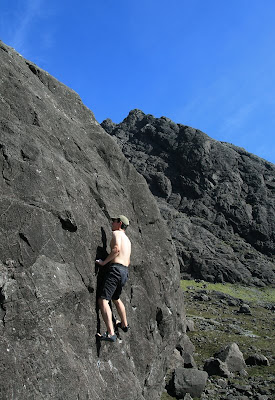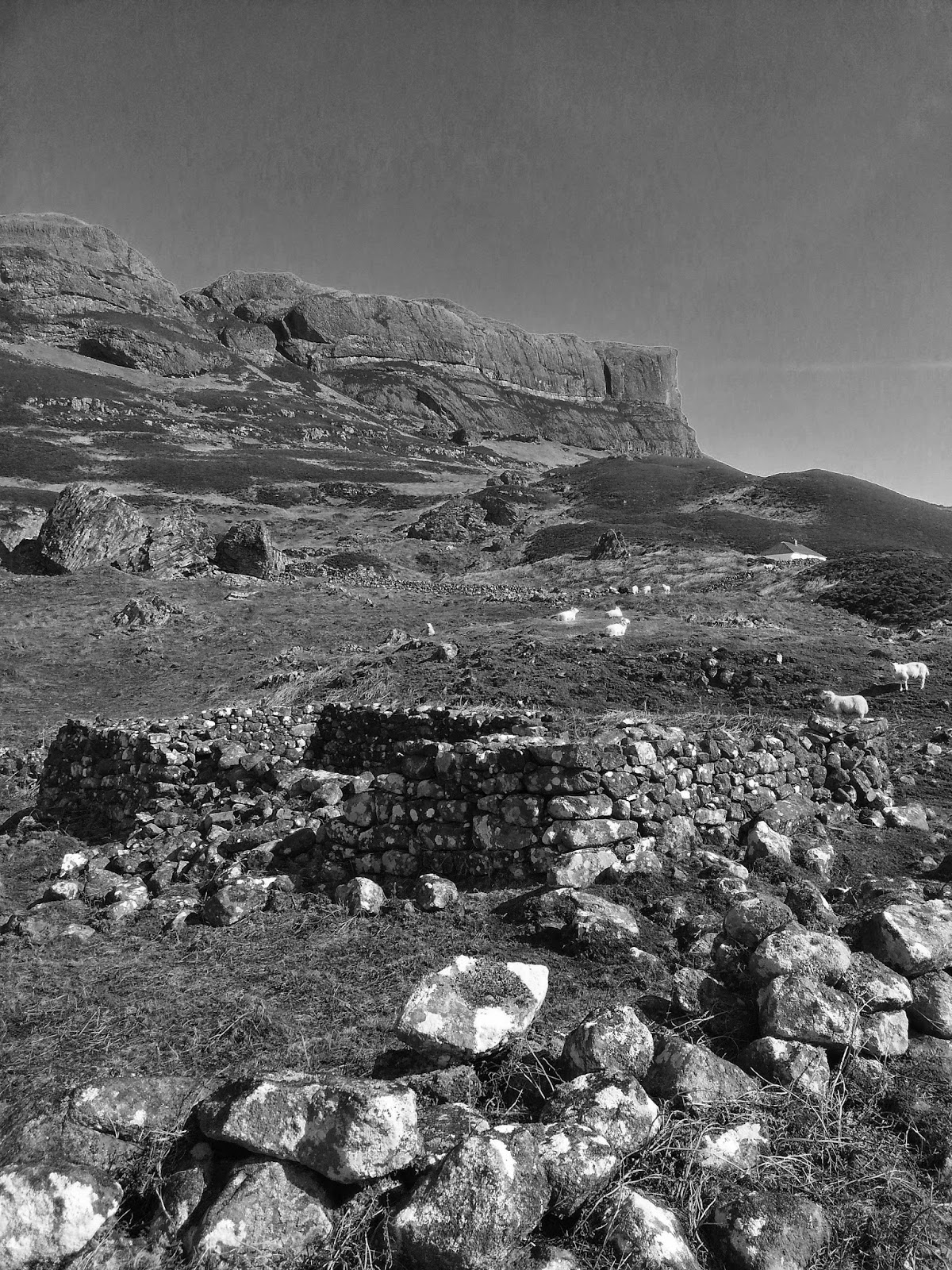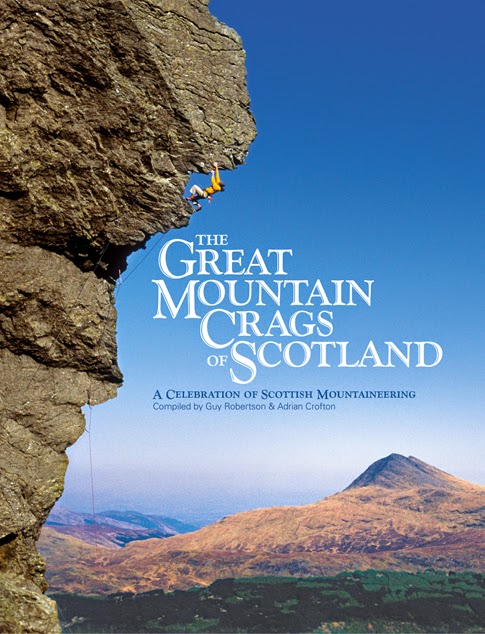Blue Skyes and Bloody Stones
Duck Boulder
This the giant walled boulder with smaller duck-like erratics perched on top. It has a superbly textured high wall over a gravel apron and is accessed via the Lagan burn on the path to the Cioch face.
1. Surf’s Up Font 6a
The far left sloping bulges through the small roof at the top on improving holds.
2. Basalt Ladder Font 3+
The excellent basalt seamed groove of the left arête following the feature to the top.
3. Naismith’s Route Font 3
Climbs the ledged rock groove on the left above the gravel apron on polished holds. Blame Willie Naismith for polishing the rock with hobnails in the 1800’s!
4. Central Wall Font 6a
The tricky left central wall has a problem-solving finger-slot left of the thin crack holds in the crux bulge.
5. Collie’s Route Font 5
Pull up into the right hand groove just left of the overhang, finish direct. A classic highballer! Named after Skye pioneer Norman Collie.
6. The Groper Font 7a
Sit start the overhang low left and follow the edges right to lunge to the bra-shaped hold, then finish lengthily through another sloper up right. 6c standing start.
7. Tiggy’s Pinch Font 7a
A couple of metres left of the right arête. Difficult pinching leads to a lip hold, further pinching might gain the big jug. Niall McNair c 2005.
8. Duck Boulder Arête Font 6b+
The right arête. A long stretch to get started, but good holds gain height and a slap for the sloping bulge to the right allows the trucking slab to be gained.
9. Erratic Bloc Font 6b
The ‘duck’ on the top has a flying arête, sit start this with dynamic throws & mantel out the lip.
10. Eiderdown Traverse Font 4
Traverse from Collie’s Route to finish up Naismith’s.

I lost some photos of the Bloody Stone, so if anyone out there has pics of this giant boulder in Harta Corrie, please get in touch!




